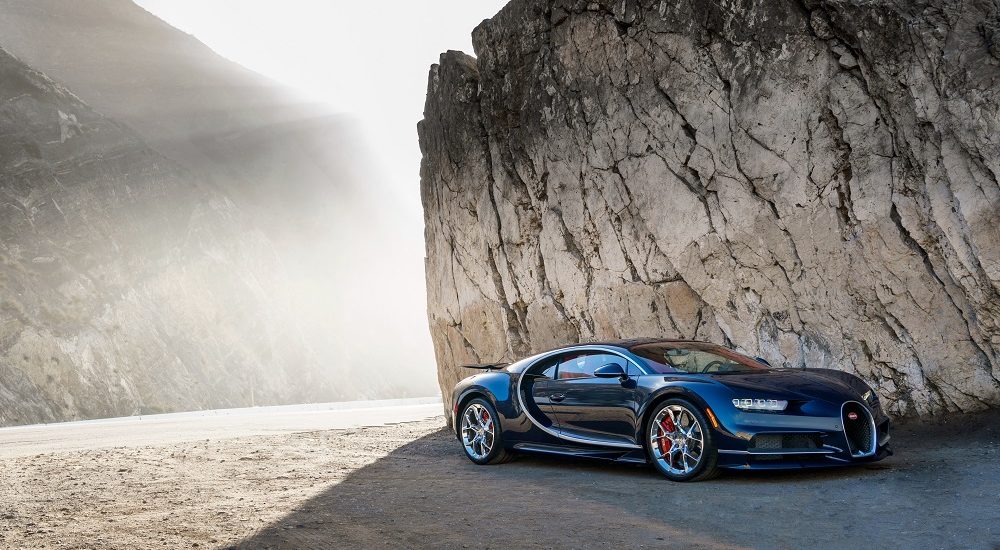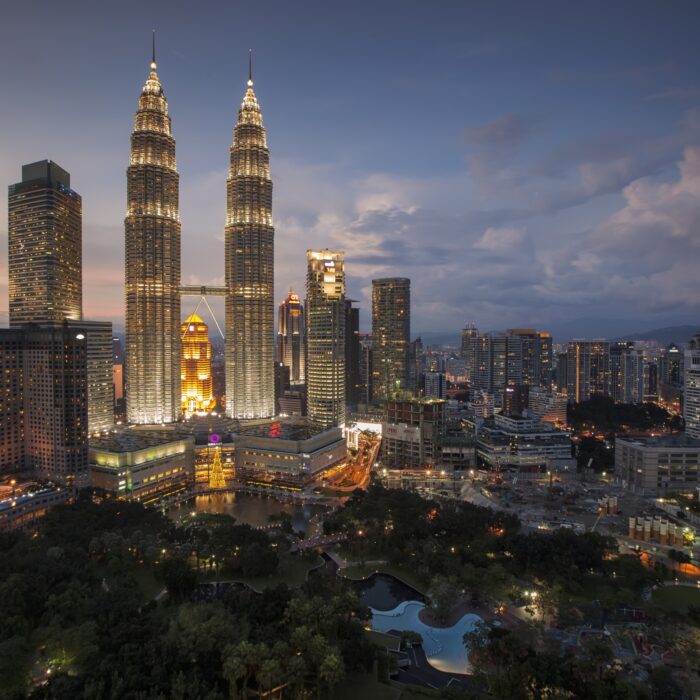Amazing, delightful, luxurious, unsurpassed, irresistible car – these and other superlatives rightfully belong to the four-wheeled representatives of the French luxury cars family. Bugatti are chic, elegant, professional, exclusive and sports racing cars. Let’s take a closer look at the most expensive cars in the history of the automotive industry.
How the outstanding automobile brand Bugatti was founded
Already far 1901 brought twenty-year-old Ettore Bugatti a decision to engage in automotive production. Ettore was born in Italy in a family where everyone was connected with the arts. His grandfather was a sculptor and a specialist in architecture. The father had a reputation as a skilled furniture carver, he was also a jeweler and had a talent for painting. Later, the Bugatti family moved to France. In childhood, Ettore and his younger brother Rembrandt were engaged both in painting and sculpture. However, the time was such that the streets of French cities began to be filled with horseless carriages – self-propelled carts, or cars. All this interested Ettore very much, and he gradually became interested in automotive engineering. This hobby led him in 1897, at the age of 16, to the Prinetti automobile company. There a young man was attracted with cars for competitions- predecessors of racing (sports) cars. At the same time, Ettore had no technical education, and he didn’t become the owner of the diploma in engineering. But the aesthetic training allowed him to show outstanding design abilities and reveal the talent of the engineer from God. At the age of 17, Bugatti rolled out of his house’s basement a cart on three wheels. The engine was equipped with four single-cylinder engines. This car became a participant of the Paris–Bordeaux automobile race, and Ettore Bugatti seriously intended to win it. However, the accident didn’t even allowed to finish the race – a careless dog got under the wheels of the crew… But after repairs of the three-wheeler, Ettore didn’t miss his goal – he won three next motor races.
When the eldest son of Carlo Bugatti turned 20, his father helped him to open his own garage, where the mix of Ettore’s engineering and design talent fully revealed. The De Dietrich firm highly appreciated the second car, created by Bugatti. The car developed a speed of 65 km/h and was equipped with a four-cylinder engine. This car won a gold medal at the Milan Trade Fair. De Dietrich invited Ettore for the post of designer, and bought the rights to produce the specified car from him.
In 1907, Ettore successfully married. His wife was Barbara, with whom Ettore would live in harmony and raise four children. Then the head of the family changed a few more jobs, until Bugatti finally decided to create his own car company. This happened in 1909 in the town of Molsheim (Alsace). In fact, it was from this time that the history of the unique automotive brand began.
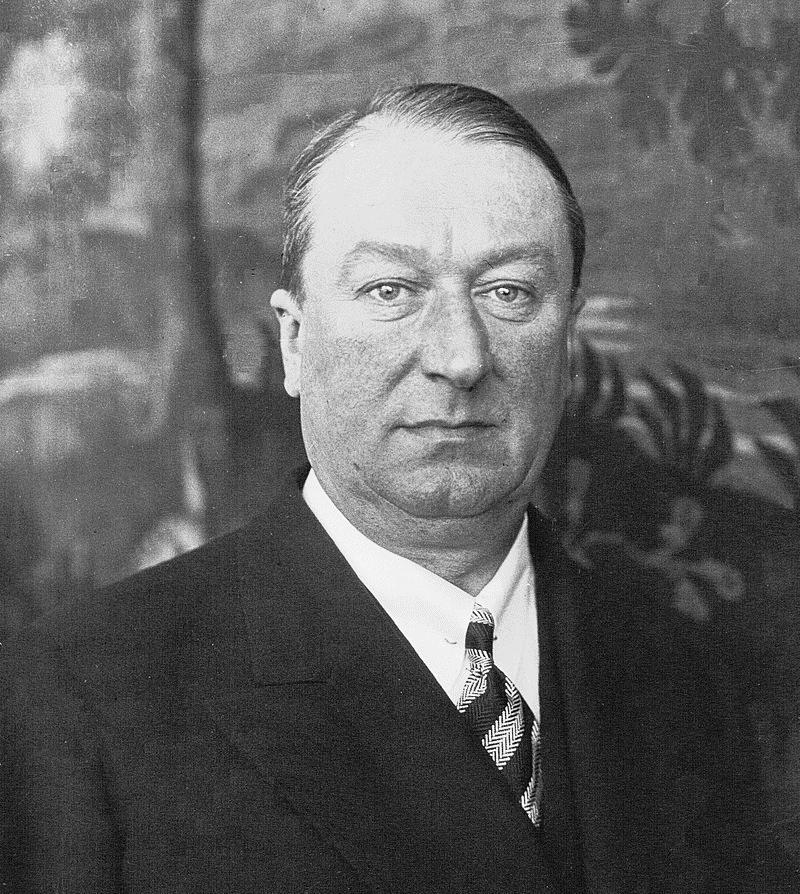
The first Bugatti creation, the Type 10, and the heyday of the automotive brand
The very first “real” Ettore’s car was the model Type 10 – with eight valves and four cylinders in the engine. The volume of the latter was 1,131 cc. It wasn’t perfect, this car, but Ettore found a sponsor for it. The model’s body shape resembled a bath, but the chassis turned out to be very successful.
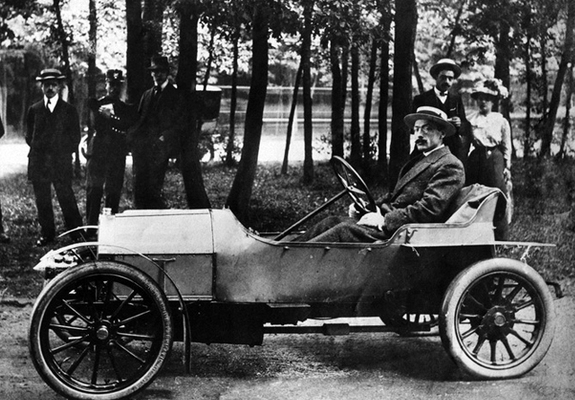
A year after this car’s appearance, a copy of the model Bugatti Type 13 left the company’s gates. It embodied the main distinctive features of the entire subsequent Bugatti line-up – a radiator in the form of a horseshoe, stability on a roadway, as well as excellent handling. The speed of 100 km/h in combination with maneuverability allowed the Bugatti Type 13 to win all competitors in motor racing – this car had no equal on sharp turns. Then there were the models 15 and 17 with extended wheelbases. In only ten years (1910-20), there were more than four hundred of these cars manufactured, and it was precisely with them that racing drivers won hundreds of times. In 1923, the Bugatti 32 was released, nicknamed the “tank” for its shape. The Type 16 and the Type 18 models positioned five-liter engines and capacity of 100 hp. But Ettore Bugatti made only about a dozen of them. Nevertheless, the glory of the cars-racing winners spread over the world by leaps and bounds. Bugatti cars began to be bought by celebrities – writers and actors, politicians and aristocrats, that is, all those who are called bohemians. Racing cars were acquired by them not for participation in races, but for the prestige – to show a high class of driving on the first high-speed autobahns. It’s for this purpose that racing cars began to be converted into sports, and therefore subjected to easy modernization – headlights, roof (stationary or retractable), footrests, fenders, etc. were added. Modernization consisted not only in transformation of forms of the car brand’s design, but also in its qualitative improvements. Thus, it was necessary to achieve maximum power and speed. To do this, Ettore Bugatti released in 1924 the Bugatti Type 35. For five years, the model 35, 35a, 35b, 35c and 35t with an eight-cylinder engine, that had a capacity of 1991 cm3 and 95 hp, paired with excellent maneuverability, gave opponents no chance of success. It was the Type 35 that made the Bugatti brand world famous in motorsport, and sales of the race car began to make the greatest profit. From 1924 to 1930, 336 cars were produced. In total, the Type 35 brought Bugatti about 1800 victories. Further, Ettore released the Bugatti-45 with a 16-cylinder engine, that had a capacity of 271 hp, and in 1931 – the smaller Bugatti-51 model with an eight-cylinder engine of 2261 cm3 and 140 hp, as well as the fast Bugatti-54 (4972 cm3, 300 hp), which set a speed record of the year – more than 210 km/h. Three years later, in 1934, the fashionable sports Bugatti-57 appeared on roads, which became the dream of millionaires and the most successful racers. This car set a speed record of 218 km/h, and achieved dozens of victories in car races. The Atlantic model on the Type 57SC chassis for several years appeared in all catalogues of Bugatti, but was built in only three copies. All three copies of the Bugatti Type 57SC Atlantic car have survived. The model Bugatti-57s45 became a modification of the Bugatti 57. It is considered fatal: in 1939, during the tests of this car, the son of Ettore and Barbara Bugatti, Jean, died. He was favored to take a position of president of the company and his father’s successor as head of the automobile concern. For Ettore, the loss of his son, who wasn’t even thirty years old, was a tragedy. That couldn’t but affect his creativity and performance in general. Ettore was already about sixty years old, he got depressed. The last race car Bugatti-50b wasn’t the winner – it was surpassed by other racing cars. But Ettore Bugatti had no equal in the field of creating cars for famous and very important people.
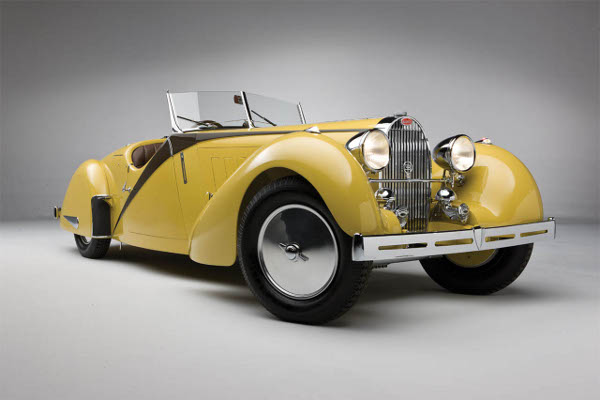
Ettore Bugatti’s unique personality and its unique achievements
Ettore wasn’t only an outstanding automotive designer. He continued to paint, devoted much time to collect works of art. Thus, the objects of his passion were the sculptures of his son Roland. In addition, Ettore loved racehorses, bred fox-terriers, appreciated good wine. To make Ettore’s hobbies come true, he purchased two castles, which housed exhibition halls with a collection of paintings, rich wine cellars, kennels for dogs and stables with horses. Ettore adored his children, pampered them, and even invented the electric car Baby Bugatti, developing a speed of 17 km/h, for the youngest son. Needless to say that the toy first became an interest of wealthy neighbors and their offspring, and then of many European nouveau riche. Ettore had to produce almost five hundred of these car-toys in just four years – from 1927 to 1930.
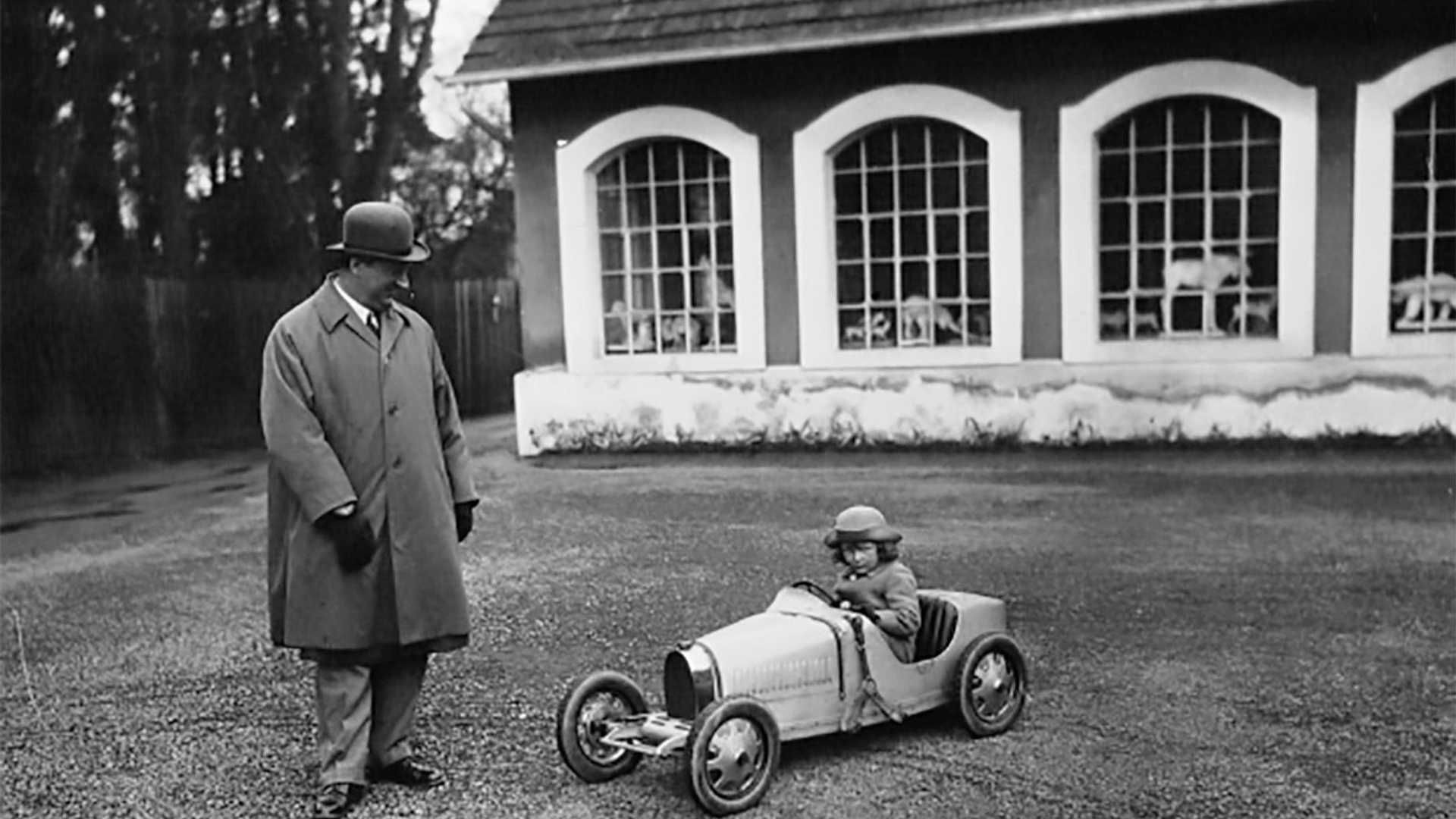
But there was also a bicycle of Bugatti’s design – Ettore personally toured on it his automobile production. The latter, by the way, was maintained in almost perfect condition – the owner didn’t tolerate negligence and untidiness and demanded from the staff almost sterile cleanliness in the production halls. He couldn’t be contradicted or objected to even in small things. Bugatti even rejected hydraulic brakes when the latter were offered to replace mechanical ones, uttering his famous phrase: “I make my cars to go, not to stop!”. He also built a fishing trawler. There were many crowned persons among those who preferred to buy cars of the Bugatti brand. Kings from many European countries came personally to negotiate the purchase of a car with Ettore himself. The latter, however, could refuse a purchase, if didn’t like something about a king. This happened to the Bulgarian monarch – Bugatti noticed that the King of Bulgaria didn’t know how to behave at the table. Celebrities were patient with the oddities of the car magnate – he had a right to be unconventional. His creation was the legendary Type 41 La Royale, released in 1927, known as one of the most ambitious and luxurious cars of the time. The model’s long wheelbase (more than 4.27 m) with an engine capacity of almost 13 liters facilitated driving and made the car maneuverable on city streets. With the car’s weight of more than three tons, it developed an incredible power at the time – 260 hp. The real work of art was the wheels, the spokes of which were assembled from piano strings. However, due to the outbreak of the financial crisis of 1929 (The Great Depression), only six La Royale models were produced, instead of the planned 25.
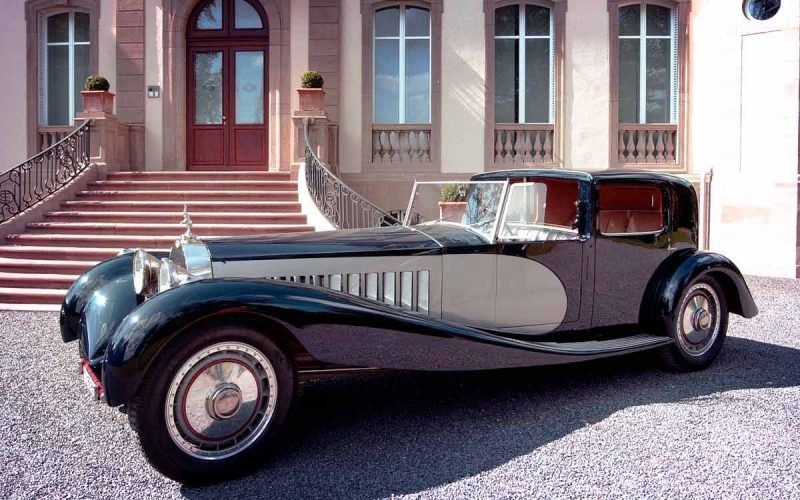
Ettore presented his last model, the Bugatti-73, at the Motor Show in Paris in 1947. Two weeks later, the great designer died. The firm didn’t manage to survive the death of its founder for long, although it was headed by Roland Bugatti. An attempt to revive his father’s business took place 12 years later, in 1959, when the public saw a prototype of the Bugatti 451 V12 model – one of the most powerful sports cars of the time. Alas, they didn’t have the strength to finalize it. In 1963, the Bugatti carmaker ceased to exist after it was purchased by the rival company Hispano-Suiza. But Bugatti didn’t become a has-been.
Modern Bugatti – the second birth
A unique vision, a strong legacy of legendary sports cars and advanced engineering achievements in the automotive industry distinguish this outstanding automotive brand. In the late 1980s, among the supercars seeking to overcome the barrier of 322 km/h, a powerful extraordinary car that had nothing in common with the classic forms of Bugatti appeared – the EB11. Then its sports modification, the EB110 SS, appeared. At the 1993 Geneva Motor Show, the company introduced the EB112 four-door sedan, based on the EB 110. In 1999, Bugatti was revived for the fourth time – the Bugatti brand was acquired by Volkswagen. The first of the cars presented by it was the fiberglass EB118 with a coupe body, created by ItalDesign stylist Fabrizio Giugiaro. At the 1999 Geneva Motor Show, the debut of the EB218 sedan took place, the main distinguishing feature of which was an all-aluminum body using ASF technology developed by Audi. The next step towards mass production was the demonstration of the EB 18/3 Chiron prototype, named after the famous French racing driver Louis Chiron, at the 1999 Frankfurt Motor Show. A month later, in Tokyo, VW introduced another supercar – the EB 18/4 Veyron. The design of the car was made by the VW design center under the leadership of Hartmut Warkuss. A characteristic detail in the Veyron’s appearance is high aluminum air intakes in the rear part of the body. In 2005, the Volkswagen Group started serial production of a new unique model officially named the Bugatti Veyron 16.4. Already in March 2006, the first car was delivered to the lucky owner. The independent nature of Bugatti cars is reflected in the logo: the oval with the initials of the brand’s founder is decorated with 60 pearls. About 80 cars under the Bugatti brand are assembled every year, most of which come directly from Molsheim to their new owners. In 2019, the public saw a new most expensive Bugatti ever created – the Bugatti La Voiture Noire, it has an incredible design, but its technical characteristics remain the same as the Bugatti Chiron’s and the Bugatti Divo’s ones. It cost “only” a billion rubles ($14 million). This is a special supercar, one of a kind, and it has already been sold for 16.5 million euros. The car was built for Ferdinand Piëch – a grandson of Porsche’s founder, Ferdinand Porsche, who ran the Volkswagen concern for a quarter of a century. The body is made of carbon fiber by hand.
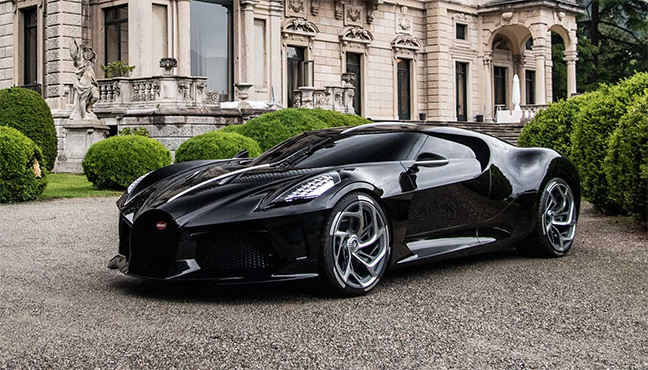
Bugatti cars are an unsurpassed brand, but it also needs drivers who have documentary evidence of the right to drive a car (better an international one). If you haven’t yet acquired a driver’s license of this level, we invite you to quickly and easily process an international driver’s license on our website. Regardless of the territory, Bugatti must be driven by professionals!

Published December 13, 2019 • 12m to read

